Having a roof overhead symbolises two cherished aspects of any home: safety and comfort.
But there is a lot more to roofs than just shelter – Roof appearance, shape, cost, maintenance, and durability will all come into play with your choices as a homeowner. That’s why it helps to know your way around a roof…
1. ROOF MATERIALS
Several factors affect the appeal of different roofing materials, namely durability, look, and cost-effectiveness.
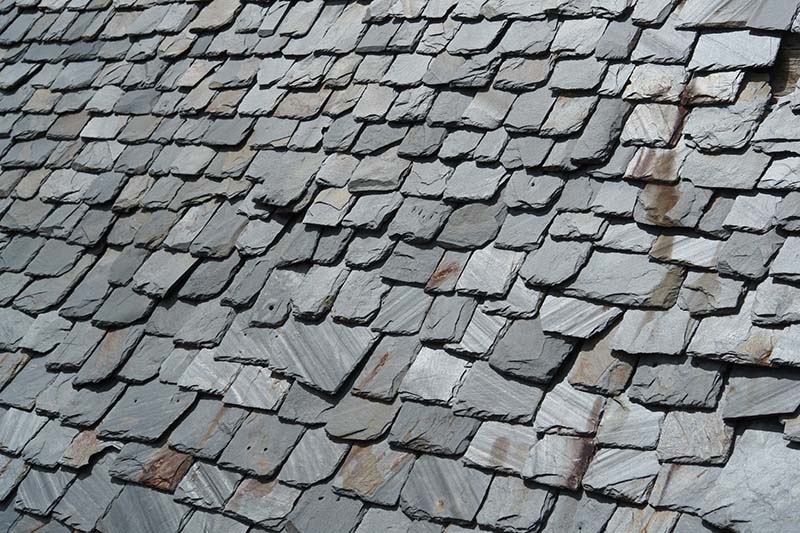
Slate
A common, stylish, and long-lasting roofing tile, prevalent throughout Europe. Slate can either be from here in the UK or imported from places like Spain and China, which means slate can range in cost, durability, carbon footprint, and even colour.
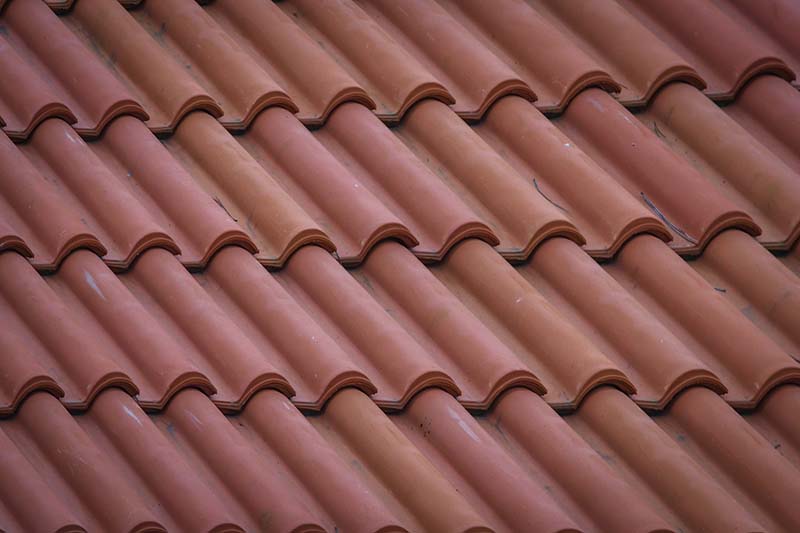
Clay
Clay is an extremely old and trusted roofing tile that is durable yet brittle, and can be susceptible to cracks and decay if improperly mixed. It is commonly identified by its orange colour, though a range of colours, styles, and shapes are available.
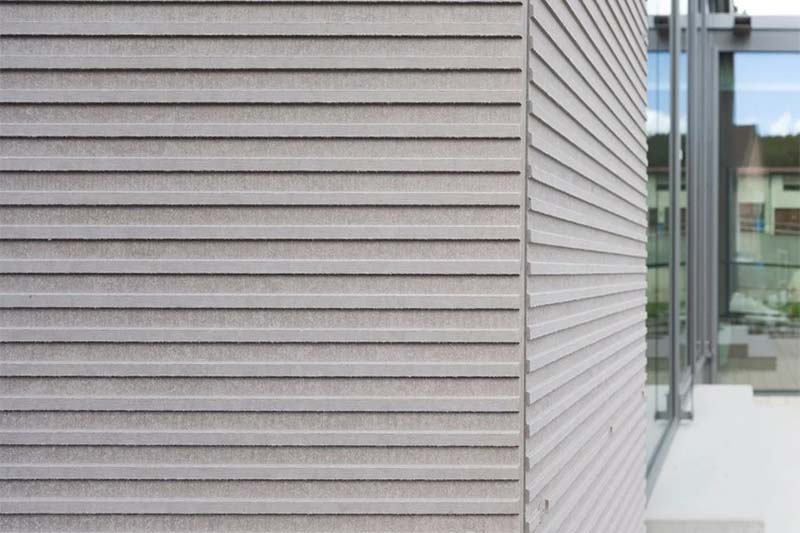
Fiber cement
Modern advancements and technological processes have allowed for the creation of new materials that can address issues with traditional materials like clay and natural slate. Fiber cement (FC) is lightweight, easy to install, durable, and highly affordable.
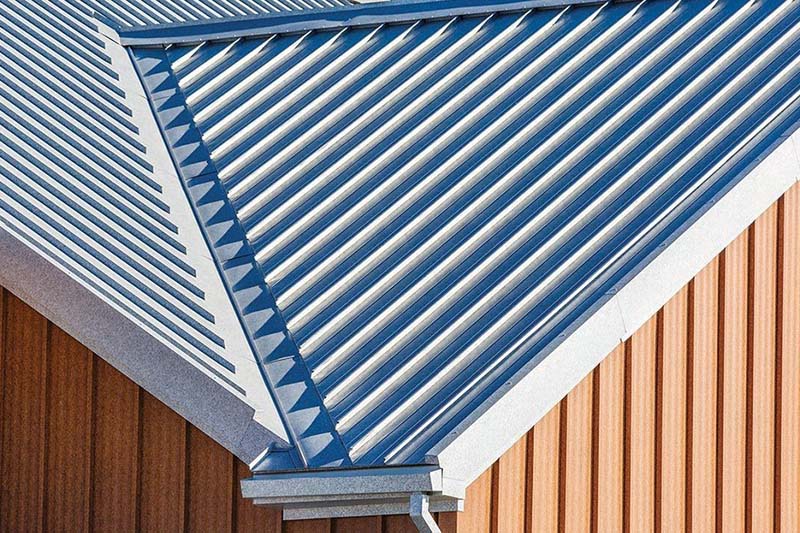
Zinc
Zinc is one of the most popular metals used for roofing which can either be installed in shingles or sheets. It is both extremely durable and low maintenance, and works well on extensions and modern style homes due to its sleek modern finish.
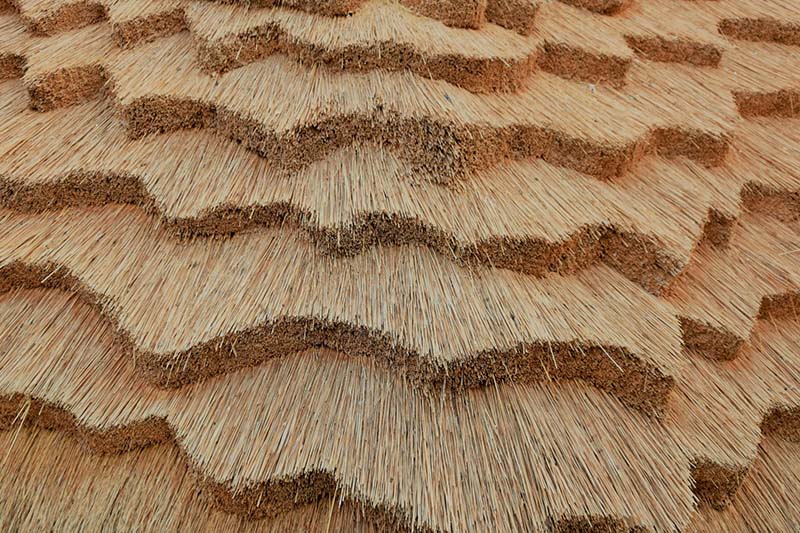
Thatched roofs
Thatched roofs are a staple of idyllic country living, made from straw, water reed, combed wheat, and other plants and grasses. The look is unique, typically associated with English country cottages. Though material costs are low, thatching requires niche expertise that will increase a professional’s fees. Maintenance is also high which will increase cost and affect long-term durability.
2. ROOF TYPES
As well as different materials to choose from, roofs can take different shapes. The primary choice for any extension or new build project will be between a pitched or flat roof.

Pitched roof
Pitched roofs are what many would consider traditional roofs, sloping downwards from a raised point. There are many different styles of pitched roof, such as:
- Gable: two sloped sides of equal size.
- Hip: four slopped sides, two large and two small.
- Pyramid hip: four sloped sides of equal size.
- Saltbox: two sloped sides, one short and steep, one long and slight.
- M shaped: exactly as it sounds, two peaks with a recessed middle.
The slope of a pitched roof allows for natural drainage, a factor that needs more careful consideration when taking on a flat roof. The gradient of pitch roofs also needs to be thought of, however, as steep slopes are more technically challenging, requiring more expert knowledge and therefore a more expensive service.
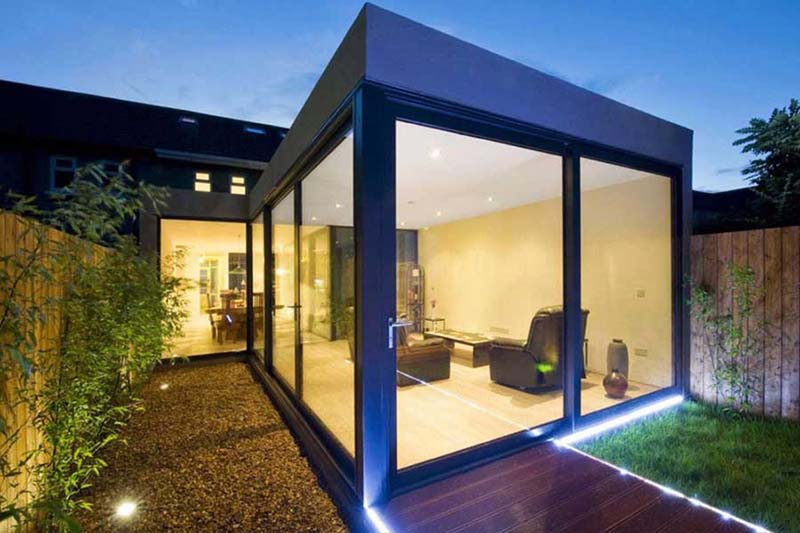
Flat roof
Flat roofs are an increasingly popular roof choice, particularly for home extensions and annexes. As they are less complex than pitched roofs, they can often be constructed cheaper and quicker. They also allow the potential for skylights, a hugely popular addition in home extensions that welcome heaps of natural light into a space.
Other costs to consider
On top of the material costs, you need to consider the cost of installation, maintenance, and repair throughout a roof’s life. We always recommend hiring a professional whenever attending to your roof, so professional fees need to be carefully considered.
To continue to the next part (Part 2 of 2), click here
For more inquiries, Contact us today.
Email: info@londonbuildingcontractors.co.uk
Tel: +44 20 8935 5159
Tags: building, Construction, construction companies, home, house, LBC, London, maintenance, rain, renovation, roof, roof repair, roof tiles, roofing, roofing materials, UK, water
